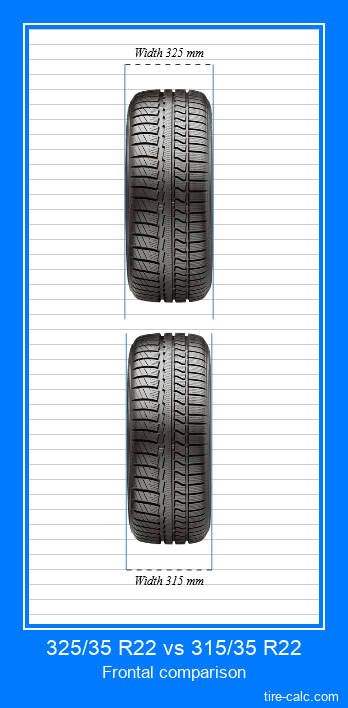

You may also see the term “DOT” imprinted on the tire this indicates that the tire adheres to U.S.
Compare tires code#
Some of the other numbers and letters in the code may indicate things like load index, speed rating, and traction grades. Rim diameters between 16 and 20 inches are common for SUVs and pickup trucks, although other sizes are available too. This number is equal to the width of the wheel from end to end in inches.

The two-digit number after the construction type indicates the rim diameter. The layers of these tires run diagonally. Occasionally, you’ll see a “B” for bias construction. Radial construction is typical for truck tires. An “R” denotes radial construction, which means layers of the tires run radially.

The letter after the aspect ratio reflects construction type. For trucks, common aspect ratios range between 65 and 75. Tires with a larger aspect ratio have a larger sidewall. The number after the slash mark is the ratio of the tire’s cross-section height to its width. Truck tires typically run between 215 and 275 millimeters in width. The number following the letter code indicates the width of the tire in millimeters. If there is no letter at the start of the code, it’s a tire designed for use in Europe – although you can use it legally in North America if it’s the right size for your truck. A “P” is a tire primarily used for passenger cars, although some small SUVs and pickup trucks can also use “P” tires. An “LT” indicates a tire made for light trucks, including most SUVs and pickup trucks.

The start of the code may have one or two letters. Here’s a breakdown of the information you’ll find in the tire code. Always follow the recommendations of your vehicle’s manufacturer when it comes to this. Your particular model of SUV or pickup truck will need certain tire sizes and specifications. The code tells you quite a bit about the tire, including its use case and size. This is because truck tires are designed to be more hardy and durable in rough conditions.īoth car and truck tires have a code printed on the sidewall. Puncture resistance: Generally speaking, truck tires resist punctures better than car tires. However, this thicker construction isn’t going to give you the smooth ride that a car tire offers. The thicker material helps the tire maintain its shape under stress. Sidewall construction: Due to the heavier loads it may carry, a truck tire needs a thicker sidewall than a car tire. Sedan tire tread is shallower and narrower. This allows it to dig into the terrain, resulting in better traction on uneven roads. Tread pattern: Truck tread is squarish and deeper than sedan tread. Sedan tire rubber is softer, giving the car the ability to handle the road with a better grip. Type of rubber: Truck tire rubber is harder in order to handle the weight of the larger vehicle. Larger tires also cost more than smaller tires. This is understandable, as more support is needed for the extra weight of an SUV or pickup. Size: A truck tire is larger and heavier than a sedan tire. Why? Here are some of the biggest differences between tires for a sedan and tires for a truck. You shouldn’t put the same type of tires on your pickup that you put on your sedan. For example, if you travel off-road once a week or more, it may be worth investing in sturdier, pricier tires for the sake of those trips. Select a truck tire that meets the needs of the toughest conditions you’ll encounter somewhat regularly.


 0 kommentar(er)
0 kommentar(er)
